Buying clothing in bulk through wholesale avenues presents several advantages for retail businesses. One significant benefit is the ability to order the right-sized quantities. Wholesale suppliers often have lower minimum order requirements, allowing for more manageable inventory levels and storage. This flexibility can be particularly advantageous for small to medium-sized retailers who may not have the capacity for large stock volumes.
Additionally, wholesalers typically offer a diverse range of products, enabling retailers to cater to a broad customer base with varying tastes and preferences. This variety is crucial for maintaining a competitive edge and ensuring that each customer finds something unique to their style.
Purchasing from wholesalers can also lead to increased profits. By buying in larger quantities, retailers can often secure better pricing, which in turn allows for more attractive profit margins when items are sold at retail prices. Moreover, working with a wholesale supplier can streamline the buying process, saving time and effort that can be redirected towards other aspects of business operations.
Furthermore, some wholesalers provide shipping incentives, such as discounts or included shipping once a certain order size is met, which can reduce overall costs. Establishing a good relationship with wholesale suppliers might also yield insider information on upcoming trends and special deals, giving retailers an advantage in the market.

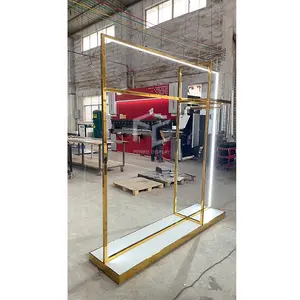



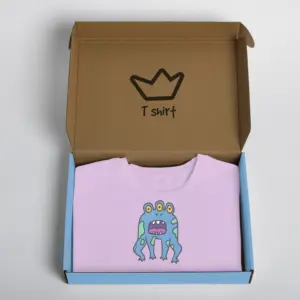



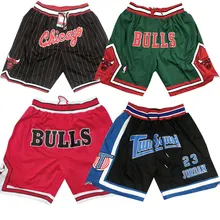
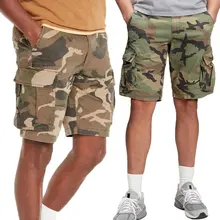

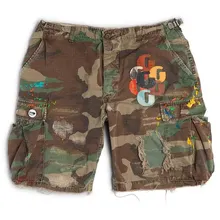

































 浙公网安备 33010002000092号
浙公网安备 33010002000092号 浙B2-20120091-4
浙B2-20120091-4